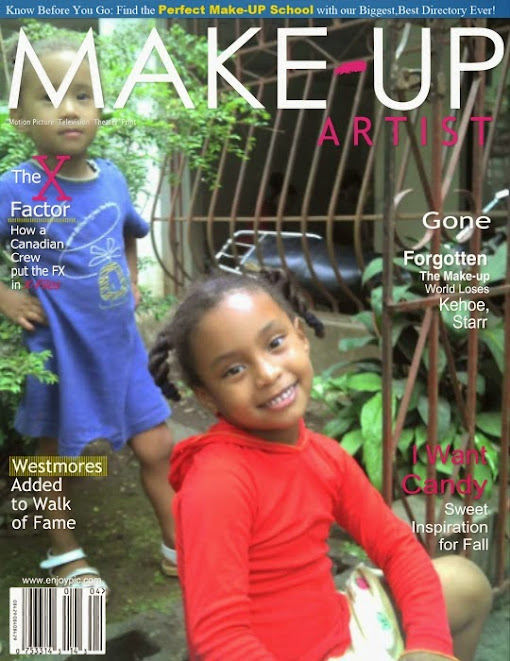| The Archbishop of Canterbury, Justin Welby, second right, and unidentified members of the clergy, arrive for the General Synod meeting, at The University of York, in York England, Monday July 14, 2014. The Church of England is set to vote on whether women should be allowed to enter its top ranks as bishops. The Church's national assembly, known as the General Synod, is meeting in York, northern England, where it will debate the issue ahead of a vote Monday. |
LONDON (AP)
-- The Church of England ended one of its longest and most divisive
disputes Monday with an overwhelming vote in favor of allowing women to
become bishops.
The church's national
assembly, known as the General Synod, voted for the historic measure,
reaching the required two-thirds majority in each of its three different
houses. In total, 351 members of the three houses approved of the move.
Only 72 voted against and 10 abstained.
Archbishop
of Canterbury Justin Welby said the long-awaited change marks the
completion of a process that started more than 20 years ago with the
ordination of women as priests. He called for tolerance and love for
those traditionalists who disagree with the decision.
"As
delighted as I am for the outcome of this vote I am also mindful of
whose within the church for whom the result will be difficult and a
cause of sorrow," he said in a statement.
British Prime Minister David Cameron called it a "great day for the Church and for equality."
Opponents
argued that allowing women into such a senior position in the church
goes against the Bible. Others warned that the church should not be
guided by secular ethics.
Lay member Lorna
Ashworth, who did not support the move, said the church has entered new
territory. "This is something we have to work out as we go along," she
said.
The Church of England represents diverse
religious groups from conservative evangelicals to supporters of gay
marriage. Major changes can take years, even decades to bring about.
Two
years ago similar legislation narrowly failed to reach the two-thirds
majority with lay members, despite the approval from bishops and clergy.
After
that vote failed, the church worked to build trust with its lay
members, who lagged behind church leaders on the question of female
bishops, and make the legislation more acceptable to opponents.
At
the same time the church came under increasing pressure from the
outside to reform in favor of women. Some of those who changed their
vote this time around said they did not want to block changes the
majority was happy with.
Monday's vote marks the latest advance of women in the church hierarchy.
The
General Synod ruled in 1975 there was no fundamental objection to women
becoming priests, but it took nearly two decades for the first women to
be ordained.
Things are likely to move faster
for aspiring female bishops. Welby told the BBC he expects the first
woman bishop in the Church of England by next year.
He
was less sure when asked if there will be a female Archbishop of
Canterbury in his lifetime: "I've no idea. I'd be delighted if I did."
The
Church of England was established by King Henry VIII who appointed
himself as its head in 1534. The government still formally appoints the
Archbishop of Canterbury, the spiritual leader of the church, and Queen
Elizabeth II serves as its supreme governor.
Parliament
maintains a role in church affairs, and will be called upon to ratify
the female bishop legislation. Some 26 bishops are allocated seats in
the House of Lords.
The Church of England is
part of the global Anglican Communion with 77 million members in more
than 160 countries. The Episcopal Church in the Unites States was the
first member to have a woman bishop and is now led by a woman.









